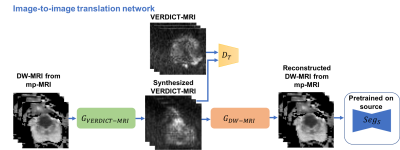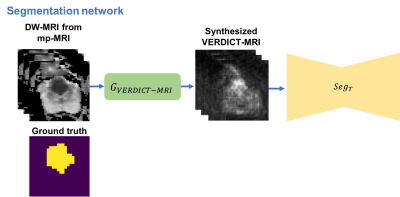Eleni Chiou1,2, Francesco Giganti3,4, Shonit Punwani5, Iasonas Kokkinos2, and Eleftheria Panagiotaki1,2
1Centre of Medical Image Computing, University College London, London, United Kingdom, 2Department of Computer Science, University College London, London, United Kingdom, 3Department of Radiology, UCLH NHS Foundation Trust, University College London, London, United Kingdom, 4Division of Surgery & Interventional Science, University College London, London, United Kingdom, 5Centre for Medical Imaging, Division of Medicine, University College London, London, United Kingdom
1Centre of Medical Image Computing, University College London, London, United Kingdom, 2Department of Computer Science, University College London, London, United Kingdom, 3Department of Radiology, UCLH NHS Foundation Trust, University College London, London, United Kingdom, 4Division of Surgery & Interventional Science, University College London, London, United Kingdom, 5Centre for Medical Imaging, Division of Medicine, University College London, London, United Kingdom
We utilize pixel-level unsupervized adaptation for lesion segmentation on VERDICT-MRI. Using the proposed approach we obtain segmentation performance which is close to the one obtained when we train using full supervision on VERDICT-MRI.

Figure 1. The image-to-image translation network translates DW-MRI data from mp-MRI acquisitions to VERDICT-MRI. GAN-type losses are used to generate realistic VERDICT-MRI data from DW-MRI form mp-MRI acquisitions while standard cycle-consistency losses allow us to preserve the content during the translation. A segmentation loss on the cycle-reconstructed images obtained using a pre-trained source-domain network, ensures that critical structures corresponding to the prostate lesions are successfully preserved.
